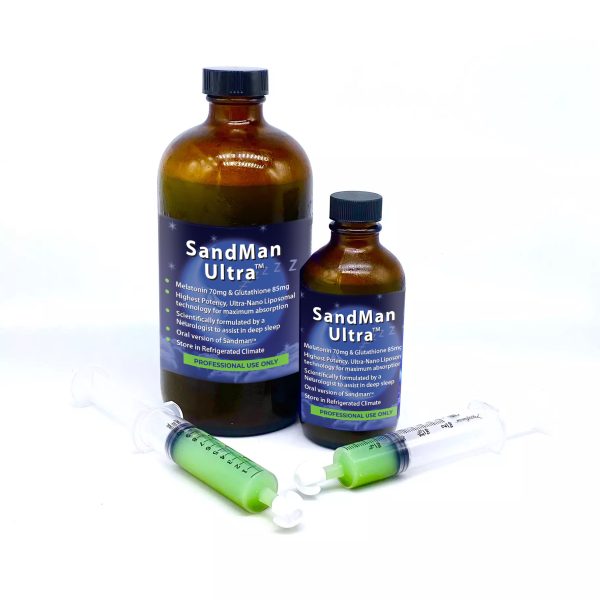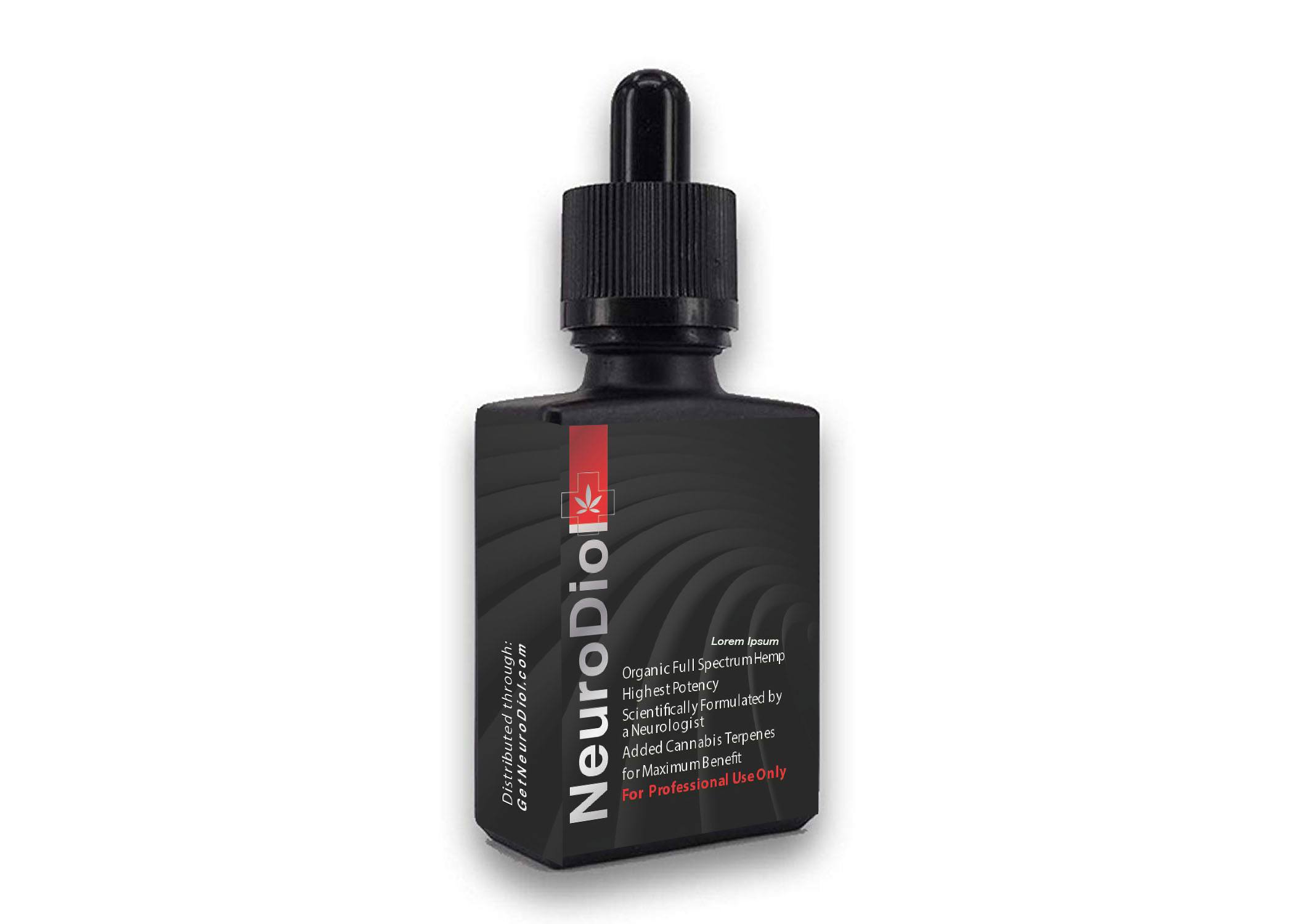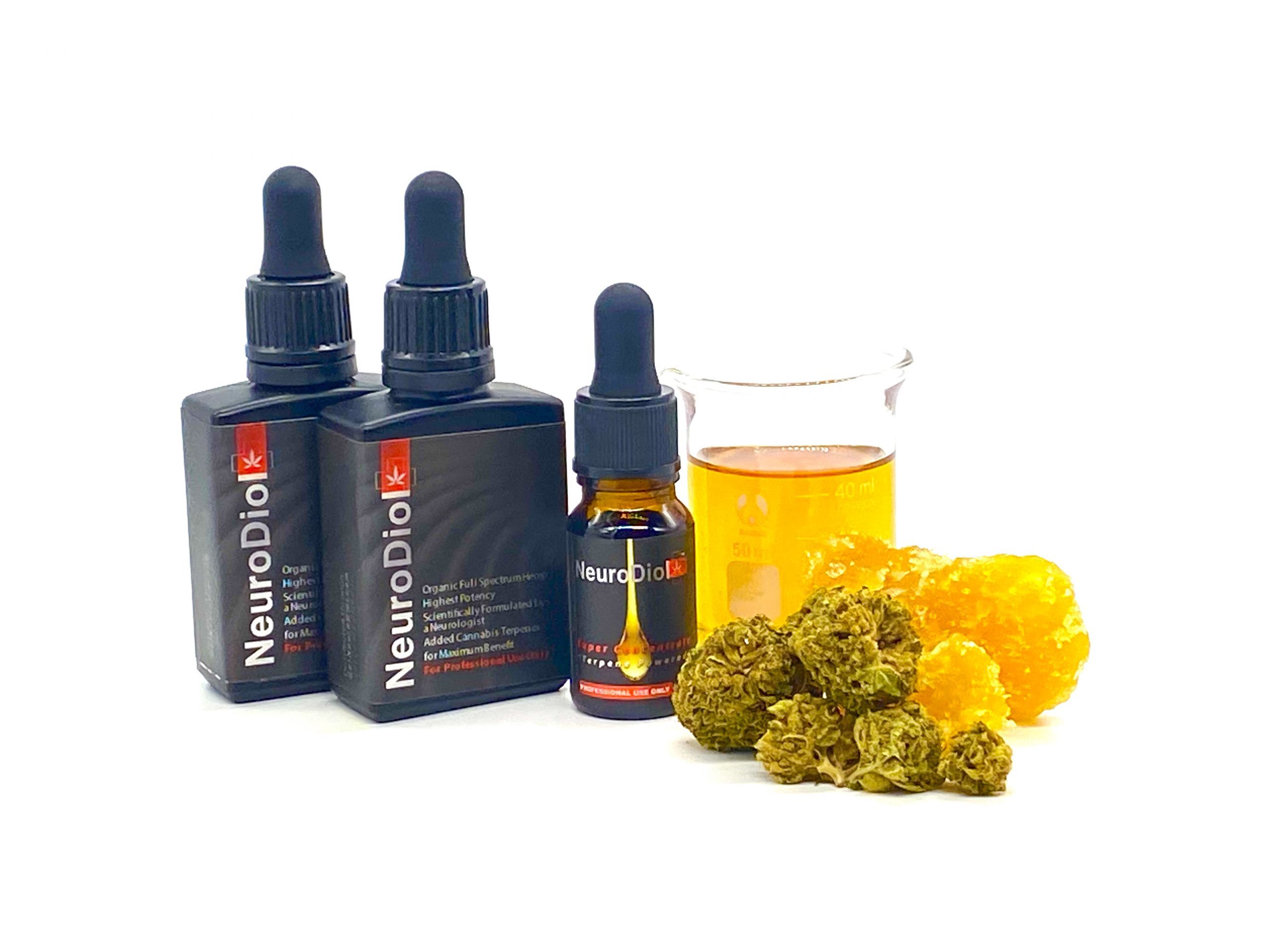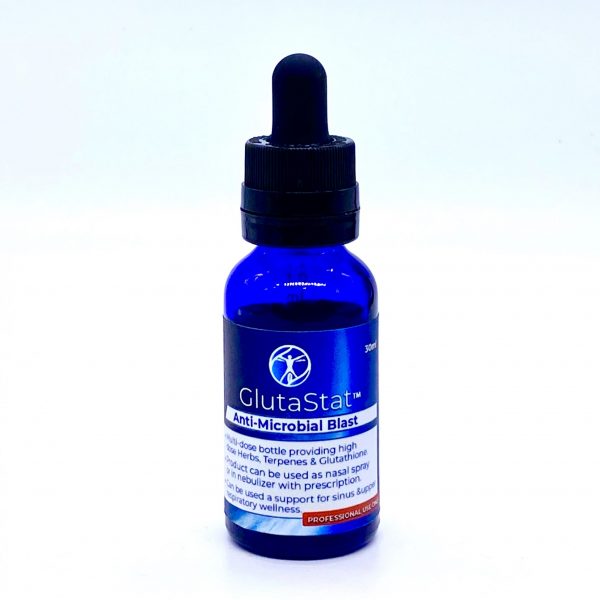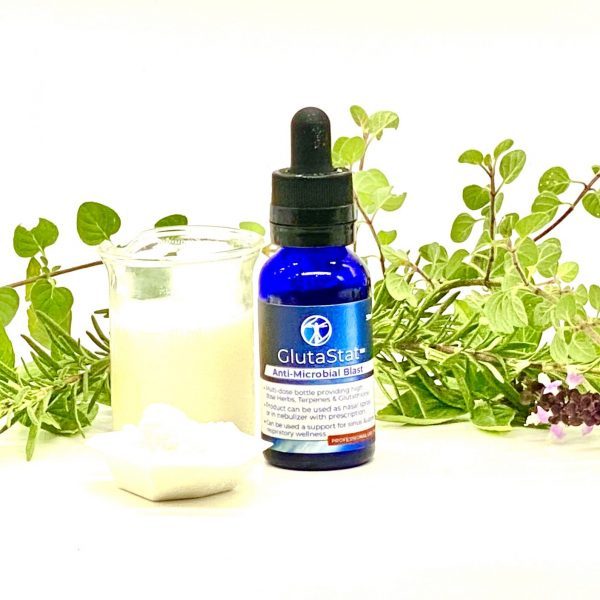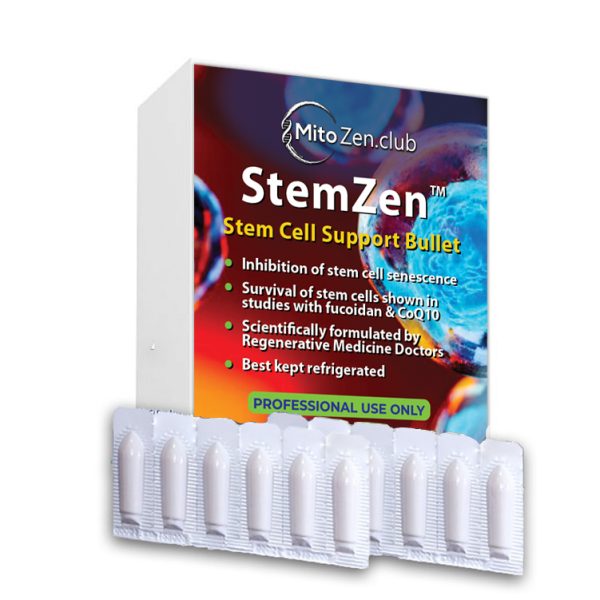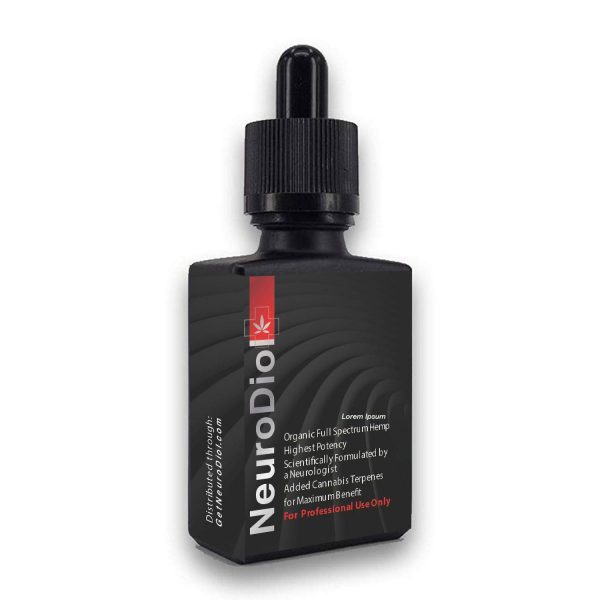During the hot summer months, we recommend taking advantage of the cold shipping option to ensure product stability upon arrival.
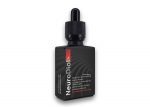
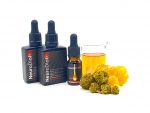

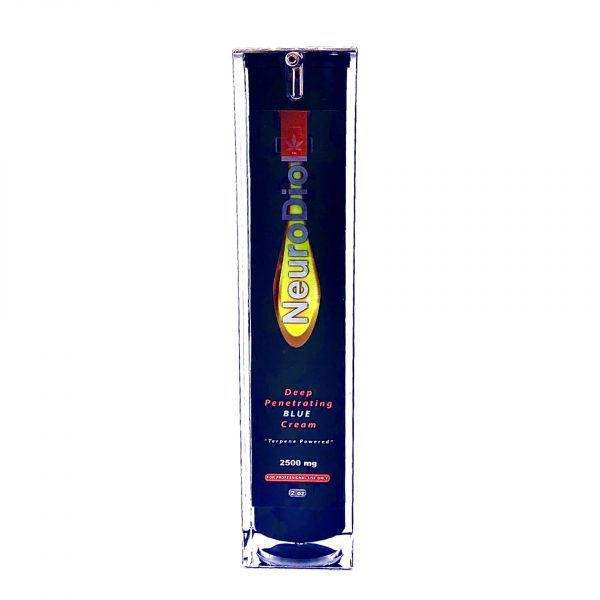
NeuroDiol™ Tincture+
From $119.00
 NeuroDiol™ Tincture is the newest and most exciting product at Glutagenic. We have worked hard to source the most potent plants, to make our whole plant full spectrum hemp extract. Numerous studies support the full spectrum of hemp extraction over isolated products for effectiveness. Besides the natural terpenes maintained through careful processing, NeuroDiol™ has an added terpene profile, which makes it extremely advanced to support the absorption and effectiveness of and other cannabinoids. Terpenes found in cannabis and hemp have been studied by the medical establishment for their healing powers and synergistic effects called the entourage effect. This is the effect in your body through various combinations of cannabinoids along with these terpenes.
NeuroDiol™ Tincture is the newest and most exciting product at Glutagenic. We have worked hard to source the most potent plants, to make our whole plant full spectrum hemp extract. Numerous studies support the full spectrum of hemp extraction over isolated products for effectiveness. Besides the natural terpenes maintained through careful processing, NeuroDiol™ has an added terpene profile, which makes it extremely advanced to support the absorption and effectiveness of and other cannabinoids. Terpenes found in cannabis and hemp have been studied by the medical establishment for their healing powers and synergistic effects called the entourage effect. This is the effect in your body through various combinations of cannabinoids along with these terpenes.
This product is made from organic hemp, grown on a high-altitude farm on the big island of Hawaii, where the rich volcanic soil is rich in minerals. The strain used in this product contains super high levels and the legal amount of THC, along with the rich family of cannabinoids and terpenes normally contained in these special hemp plants grown with love and kindness. Please consult your healthcare provider regarding the use and dosage of this product.
NeuroDiol™ strengths come in 1500mg, 2500mg, and 5,000mg in both a 30ml and a super concentrated, 10 ml for those who need larger dosing schedules.
Testiminials
Testiminials

"I'm one of those guys who often takes oral supplements and notices next to nothing. That's not uncommon. Digestion, pass through the liver, and the acidic nature of the stomach and a host of other factors can keep you from properly absorbing precious molecules. But when I tried Dr. Lieurance's products, I noticed them almost immediately. I have now used them successfully for jet lag, inflammation and enhanced sleep, and I'm completely enamored: these things are the real deal - and a valuable arsenal to any health hacker's toolkit."
Ben Greenfield
Terpene Profile
Terpene Profile
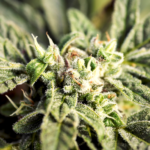 Terpenes: These are the NONpsychoactive components in cannabis. They are the fragrant essence of ALL essential oils! They give plants their unique smell and they also hold healing benefits within the plants. Terpenes have been studied extensively and they are at the forefront of interest for pharmaceutical companies, due to the unique and safe profile they can have. Terpenes that are specifically shown to reduce pain, are anti-inflammatory, and reduce anxiety have been incorporated into NeuroDiol™.* These terpenes also have been shown to improve and other cannabinoids utilization and uptake into the brain.*
Terpenes: These are the NONpsychoactive components in cannabis. They are the fragrant essence of ALL essential oils! They give plants their unique smell and they also hold healing benefits within the plants. Terpenes have been studied extensively and they are at the forefront of interest for pharmaceutical companies, due to the unique and safe profile they can have. Terpenes that are specifically shown to reduce pain, are anti-inflammatory, and reduce anxiety have been incorporated into NeuroDiol™.* These terpenes also have been shown to improve and other cannabinoids utilization and uptake into the brain.*
Myrcene (or β-myrcene) is a terpene that occurs often in highly fragrant plants and herbs such as mangoes, hops, bay laurel leaves, thyme, lemongrass, and basil. Myrcene is produced by numerous cannabis strains, and some rodent-model studies have suggested that it might lend sedative effects. The main effects are Anti-inflammatory, Analgesic (pain relief), Antibiotic, Mood Elevation, and Antimutagenic (anti-cancer).*
Another place you’ll find myrcene is in mangoes. Anecdotal evidence suggests that eating a ripe mango before consuming cannabis may accentuate or extend the effects of cannabinoids; some have suggested that this is due to the fruit’s concentrations of myrcene, which is naturally synergistic with and allows cannabinoids to more easily bridge the blood-brain barrier.
 Linalool is a naturally occurring terpene found in many flowers and spices, including lavender and coriander. It gives off a complex yet delicate floral aroma, and while its effects are myriad, it is one of the substances used most widely to reduce stress. Humans have inhaled the scent of certain plants, including many containing linalools, since ancient times to help lower stress levels, fight inflammation, and combat depression.* Linalool has been the subject of many studies, including a recent one in which scientists allowed lab rats to inhale linalool while exposing them to stressful conditions. It was reported that linalool returned elevated stress levels in the immune system to near-normal conditions. Linalool’s Effects and Benefits include anti-anxiety, Antidepressant, Mood Elevation, Anti-inflammatory, Anti-epileptic, and Analgesic.*
Linalool is a naturally occurring terpene found in many flowers and spices, including lavender and coriander. It gives off a complex yet delicate floral aroma, and while its effects are myriad, it is one of the substances used most widely to reduce stress. Humans have inhaled the scent of certain plants, including many containing linalools, since ancient times to help lower stress levels, fight inflammation, and combat depression.* Linalool has been the subject of many studies, including a recent one in which scientists allowed lab rats to inhale linalool while exposing them to stressful conditions. It was reported that linalool returned elevated stress levels in the immune system to near-normal conditions. Linalool’s Effects and Benefits include anti-anxiety, Antidepressant, Mood Elevation, Anti-inflammatory, Anti-epileptic, and Analgesic.*
Limonene is an aromatic cannabis terpene produced in the flower’s resin glands. In isolation, it’s commonly associated with fruity and citrus aromas. Inhalation of limonene vapor increases serotonin and dopamine levels in key regions of the brain that are associated with anxiety, depression, and OCD. Limonene’s potential therapeutic benefits have shown potential in the following applications: Elevated mood*, Stress relief*, Antifungal properties*, Antibacterial properties*, May help relieve heartburn and gastric reflux*, Improves absorption of other terpenes and chemicals by way of the skin, mucous membranes, and digestive tract*
There’s also promising evidence for limonene’s anti-tumor effects. In lab rodents, limonene inhibited the growth of skin and mammary tumors. These studies were followed up with a Phase I human clinical trial which found that limonene was somewhat effective at reducing breast cancer tumor growth for nearly a year.* Later studies found that daily limonene supplementation for 2-6 weeks silenced a protein that promotes breast cancer tumor growth, suggesting that daily limonene consumption may inhibit the growth and spread of breast tumors.* Additional reports have revealed the benefits of limonene in laboratory models of lung cancer and brain cancer by causing tumor cell death.* But like limonene’s benefits in breast cancer, high doses are likely needed beyond what may be present in cannabis alone.
Alpha & Beta Pinene, as you might have guessed, has a strong scent of pine. Commonly found in conifer trees, parsley, dill, basil, and rosemary, alpha-pinene is easy to detect. If a chemical profile of your cannabis strain is unavailable, just follow your nose. Popular strains with high alpha-pinene levels include Jack Herer, Blue Dream, and OG Kush. This powerful aromatic molecule doesn’t just smell great, it also contains many medicinal benefits.
Anti-Inflammatory
A study in 2012 showed that alpha-pinene was a potent anti-inflammatory agent against Acute Pancreatitis, an inflammatory disease with an unknown cause. A study in 2011 showed that alpha-pinene, along with all the different cannabinoids and terpenes found in cannabis, interact synergistically and amplify anti-inflammatory activity. These results show that alpha-pinene is helpful in inflammation management for diseases such as arthritis, Crohn’s, and multiple sclerosis.
Anti-Microbial
Both alpha-pinene and beta-pinene proved to be effective antimicrobial agents against bacterial and fungal cells. In 2011, alpha-pinene was tested as a potent treatment against a bronchitis virus that was previously hard to treat since antibiotics don’t work on viruses. Although not effective against all bacteria and viruses, alpha-pinene protects against a wide range of these infectious diseases. More studies need to be performed to assess the effectiveness of alpha-pinene on all bacteria.
Bronchodilator
Although one study claims that alpha-pinene exposure can cause upper respiratory irritation, the benefits far outweigh mild negative symptoms. In a 2011 study, alpha-pinene showed promise as a bronchodilator by opening up the upper respiratory tract (at low exposure levels) which can be helpful for people with asthma.
Memory
We’ve all heard of the forgetful stoner stereotype. The cannabinoid tetrahydrocannabinol (THC) plays a part in decreasing short-term memory attention. The alpha-pinene terpene, however, has been shown to counteract these memory-impairing effects. Alpha-pinene plays a strong role in inhibiting acetylcholinesterase activity in the brain, which helps you retain memories more efficiently.
Alpha Phellandrene: This terpene smells herbaceous, citrusy, minty, peppery, and a little woodsy. If you are hoping to identify Alpha Phellandrene in a particular strain, search for hints of mint in the flavor. Absorbed easily through the skin, it has become one of the top terpene choices in the perfume industry.
To most, the scent is extremely familiar because it is so present in many of the plants and scents we encounter daily. The next time you smell mint leaves or a lavender candle, appreciate the Alpha Phellandrene terpene smell! Alpha–phellandrene Promotes Immune Responses in Normal Mice Through Enhancing Macrophage Phagocytosis and Natural Killer Cell Activities. α–Phellandrene, a natural compound from natural plants, has been used in the food and perfume industry for:
- Comfort
- Energy Boosting
- Soothing
- Spirit Enhancement
Research
Research
research under review:
Many studies on the impact of, Hemp, Terpenes, and cannabis historically have employed small sample sizes, which limits the data researchers can gather and the conclusions they can draw from it. As the volume of these studies grows, though larger studies there will be more data to conduct review studies on the effects and efficacy of cannabis and its components, including and Terpenes.
Rather than conducting a new experiment, review studies collate and compare the results of previously published, peer-reviewed studies. This allows authors to work with what is effectively a larger data set and more confidently answer questions about the subject.
Maybe the best article I have found on how helps the brain! "The Experiments Revealing How Marijuana Could Treat Dementia" Ref
An Update of Current Cannabis-Based Pharmaceuticals in Pain Medicine
Cannabidiol Adverse Effects and Toxicity
A preliminary study of the effects of cannabidiol on brain structure in patients with epilepsy
What research says about epilepsy treatments
Science has a solid footing on the neuroreceptors that interacts with within the body and brain.
helps support epilepsy patients due to its neuroprotective effects and calming effects on the central nervous system. With laws easing making it easier to study—there are also -based drugs entering the market—researchers are digging further into the molecular mechanisms responsible for apparent seizure-reducing properties.
Supplement Facts
Supplement Facts
Supplement Facts
Serving size: 1 drop-1 dropper full
Ingredients: % Daily Value
Full Spectrum Hemp Extract (Organic) 1500mg, 2500mg, 5,000mg
Terpene profile: Alpha Pinene, *****
Beta Pinene, Limonene, Myrcene *****
Alpha Phellandrene, Linalool *****
MCT Oil(Organic) *****
Essential Oil of Orange and Vanilla (Organic) *****
*Daily Value not established
Dosage and Use
Dosage and Use
Dosage and Storage Instructions: To start, we recommend one serving of 20mg to 25mg of NeuroDiol™ per day (See below for dosage for various strength's NeuroDiol™). Fill the dropper with some oil then drop the number of drops under the tongue and allow the oil to absorb for 30-90 seconds. NeuroDiol™ can also be mixed with food or drink as desired. NeuroDiol™ absorbs best along with a fatty meal or a snack like a few macadamia nuts.
Take note of how your body has adapted to the NeuroDiol™ every week and adjust your dosage based on your desired effect. Different people have various dosage requirements, so some people will require a much higher dosage than others. Higher dosages are generally used for sleep, anxiety, and pain control. Some protocols for autoimmune and significant sleep disorders can even range into the 100-300 mg/day range. For best results, we encourage you to stick with the same NeuroDiol™ routine for 30 days or consult your health care provider for direction.
The product is intended for oral use.
Keep this product away from sunlight. Please use the product within six months of the purchase date for the best results.
There are 600 total drops in each 30 mil bottle and 200 drops in the 10 ml bottle.
NeuroDiol™ 1,500. 2.5mg / drop -- 8-10 drops = 20mg-25mg
NeuroDiol™ 2,500. 4.17mg / drop --8-10 drops = 33.4mg-42mg
NeuroDiol™ 5,000 8.33mg / drop so 8-10 drops = 67mg - 83mg
NeuroDiol™ 5,000 (10ml) 25mg / drop so 2-4 drops = 50mg-100mg
Disclaimer, COA"s & Lab Testing
Disclaimer, COA"s & Lab Testing
WARNINGS: Although safe for children, this product should be kept out of the reach of children. Do not use it if the packaging is open or damaged. As with any nutrient, if you are pregnant or breastfeeding, seek the advice of a health care provider before using this product.
Please know that this product can be taken safely by mouth. It is a dietary supplement by current FDA guidelines.
FOOD AND DRUG ADMINISTRATION (FDA) DISCLOSURE
*THESE STATEMENTS HAVE NOT BEEN EVALUATED BY THE FOOD AND DRUG ADMINISTRATION. THIS PRODUCT IS NOT INTENDED TO DIAGNOSE, TREAT, CURE, OR PREVENT ANY DISEASE.
Disclaimer: These statements have not been evaluated by the FDA. This product is a Federal Food, Drug, and Cosmetic Act-compliant combination of naturally derived FDA GRAS (Generally regarded As Safe) herbal, nutraceutical, vitamins, minerals, and amino acids products legally sold in the USA. By FDA regulations, oral use is a dietary supplement as defined by section 201(ff) of the Act, 21 U.S.C. § 321(ff). MitoZen’s product line is a naturally derived FDA GRAS (Generally regarded As Safe) mineral, herbal, vitamins, and nutraceutical products that can be legally sold in the USA. ABC’s products are not a drug as defined in section 201(g)(1) of the Act, 21 U.S.C. § 321(g)(1). MitoZen’s products are not intended to affect the structure or function of the body and are not intended for use in the diagnosis, cure, mitigation, treatment, or prevention of disease in man. Any nutritional suggestions and research regarding this product are provided for informational purposes only, and are not intended to diagnose, treat, cure, or prevent disease nor should any information provided be used as a substitute for sound medical advice. This product is not for use by or sale to persons under the age of 18. This product should be used only as directed on the label. It should not be used if you are pregnant or nursing. Consult with a physician before use, if you have a serious medical condition or use prescription medications. A Doctor’s advice should be sought before using this and any supplemental dietary product. All trademarks and copyrights are the property of their respective owners, and are not affiliated with nor do they endorse this product. These statements have not been evaluated by the FDA. This product is not intended to diagnose, treat, cure or prevent any disease. By using this site you agree to follow the Privacy Policy and Terms & Conditions printed on this site. Void Where Prohibited By Law.
Shipping & Delivery
- Orders placed on a Thursday or Friday and requiring cold shipping will not ship until the following Monday.
- Orders placed over the weekend will not be shipped until Monday.
Related products
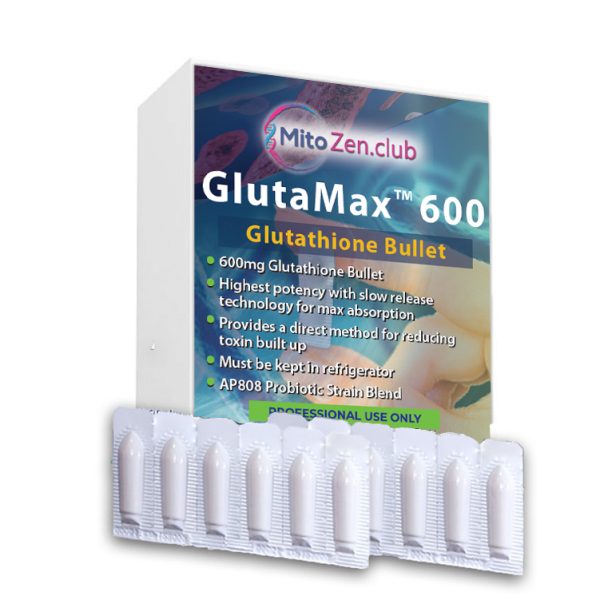

GlutaMax™ Bullet+- Glutathione
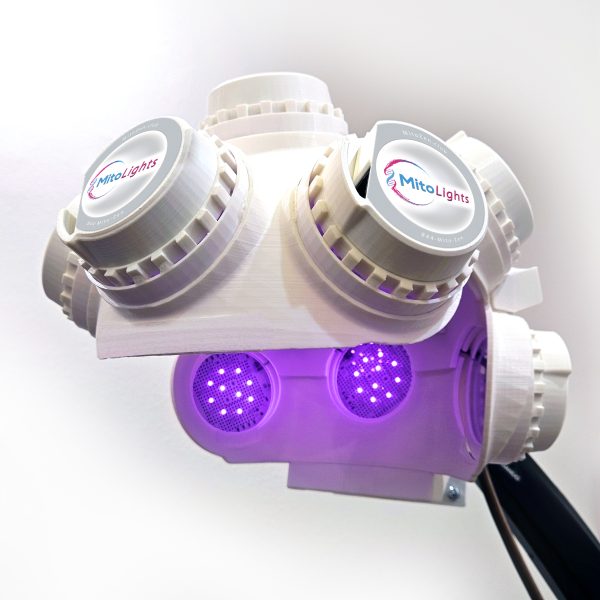

Helios (Red & Infrared Helmet)
From $6,495.00

NAD+Max™ Bullet+
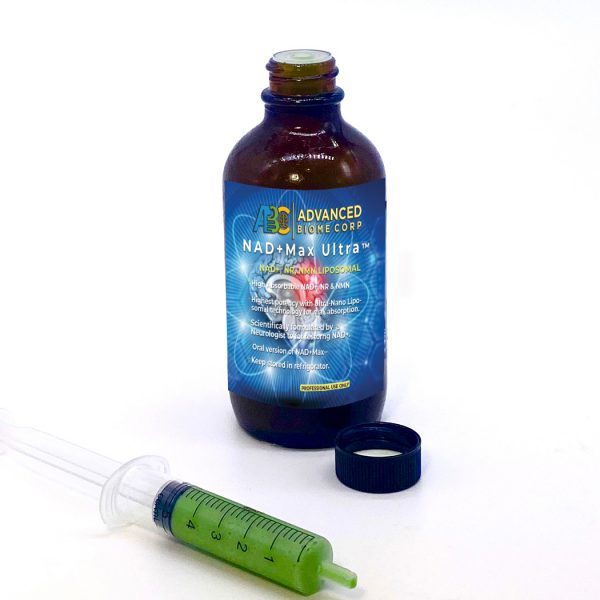
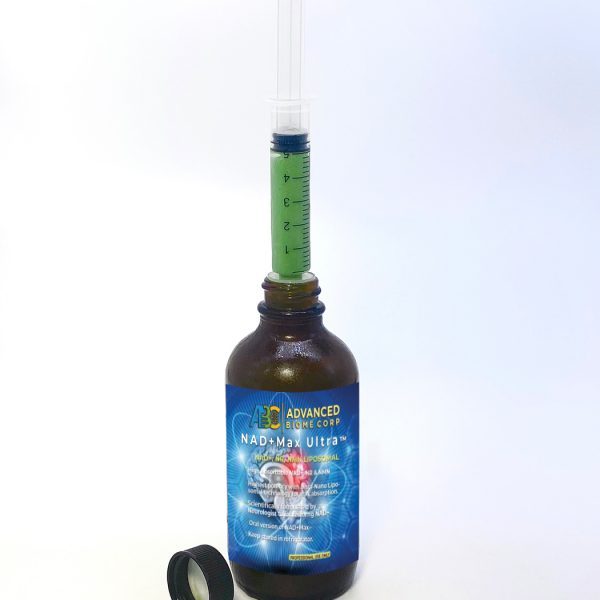
NAD+Max™ Ultra (Liposomal NAD+ and NR)+
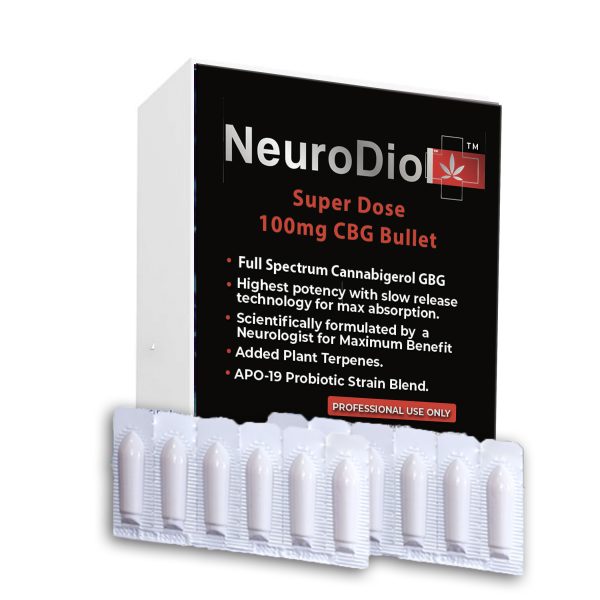

NeuroDiol™ CBG Bullet+
StemZen™ Bullet+
